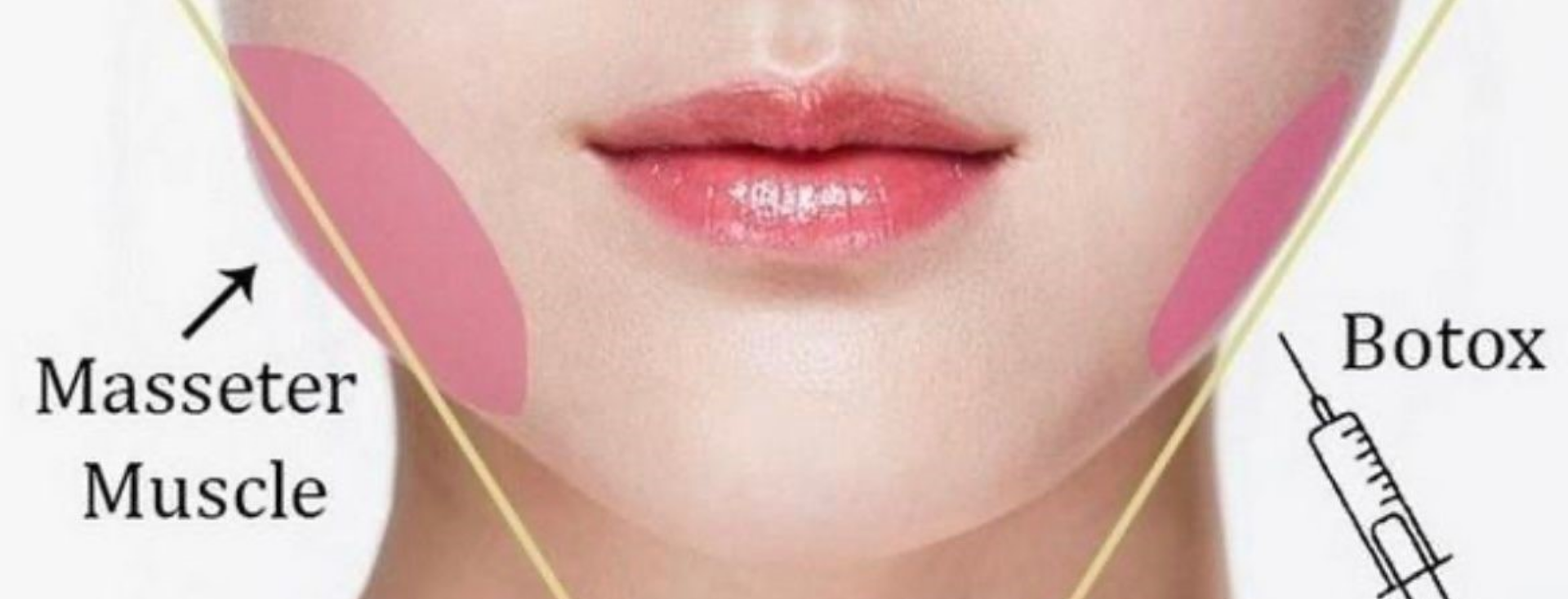Masseter Botox has steadily climbed the rankings of sought-after aesthetic treatments. The industry shift towards natural-looking aesthetic results has given way to the rise of anti-wrinkle injections, with younger patients discovering the benefits of ‘prejuvenation’ and preventative anti-ageing.
Although trends like Baby Botox are steadily on the rise, ant-wrinkle injections have been around for decades. Anti-wrinkle injections have been used by the NHS since the 1970’s to temporarily relieve the symptoms of medical conditions such as migraines. Singer Lewis Capaldi recently revealed that he had been receiving Botox injections in his shoulder to help alleviate tics, following a Tourette’s diagnosis, while other patients use the treatment to seek relief from hyperhidrosis. Masseter Botox was originally used to treat bruxism in patients with persistent tooth-grinding and jaw clenching, yet it has attracted attention for one particular side-effect. Fox Pharma explores the trend…
What are the benefits of masseter Botox?
Botox has been utilised in the jawline or masseters to help relieve the symptoms of teeth grinding or bruxism. Patients who are prone to teeth-grinding during sleep complain of symptoms such as an aching jaw, tension headaches and tooth damage. The action of grinding the teeth or clenching the jaw can in turn build the masseter muscles, creating unwanted lower facial volume, in some instances. Anti-wrinkle injections in the jawline block the signals from the nerves to the muscle, thus reducing the contractions and movement.

